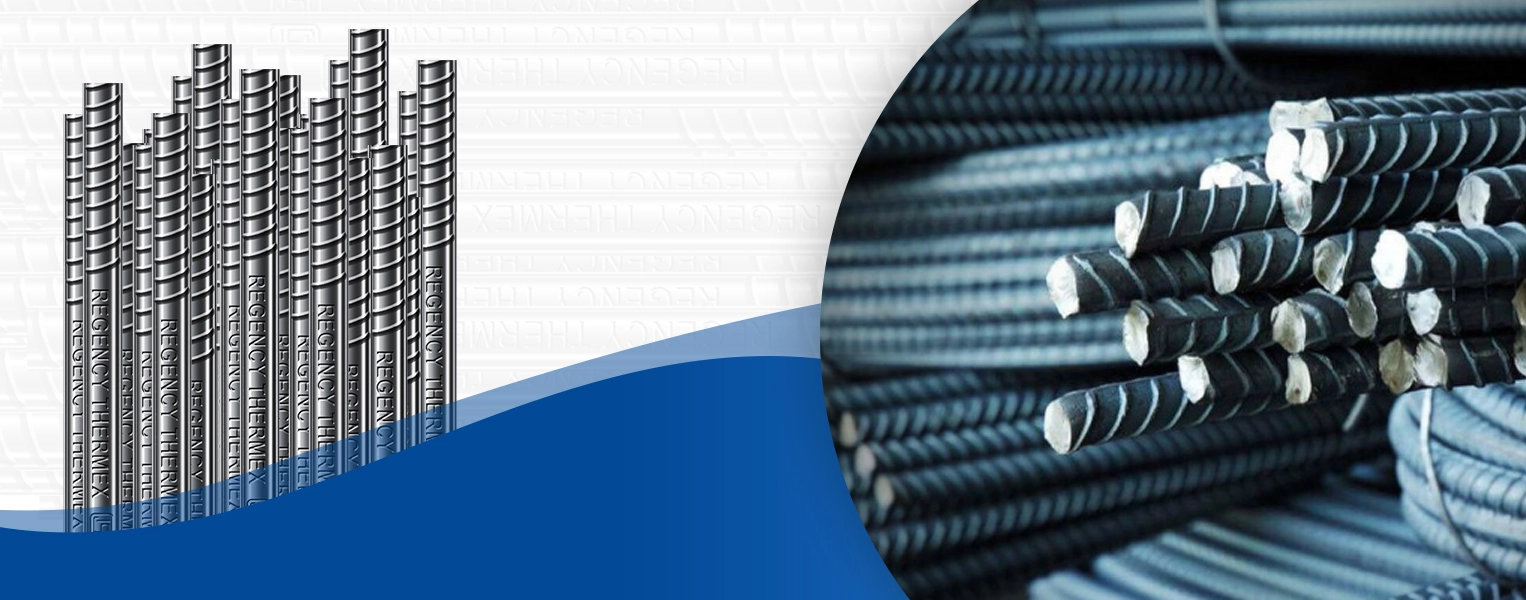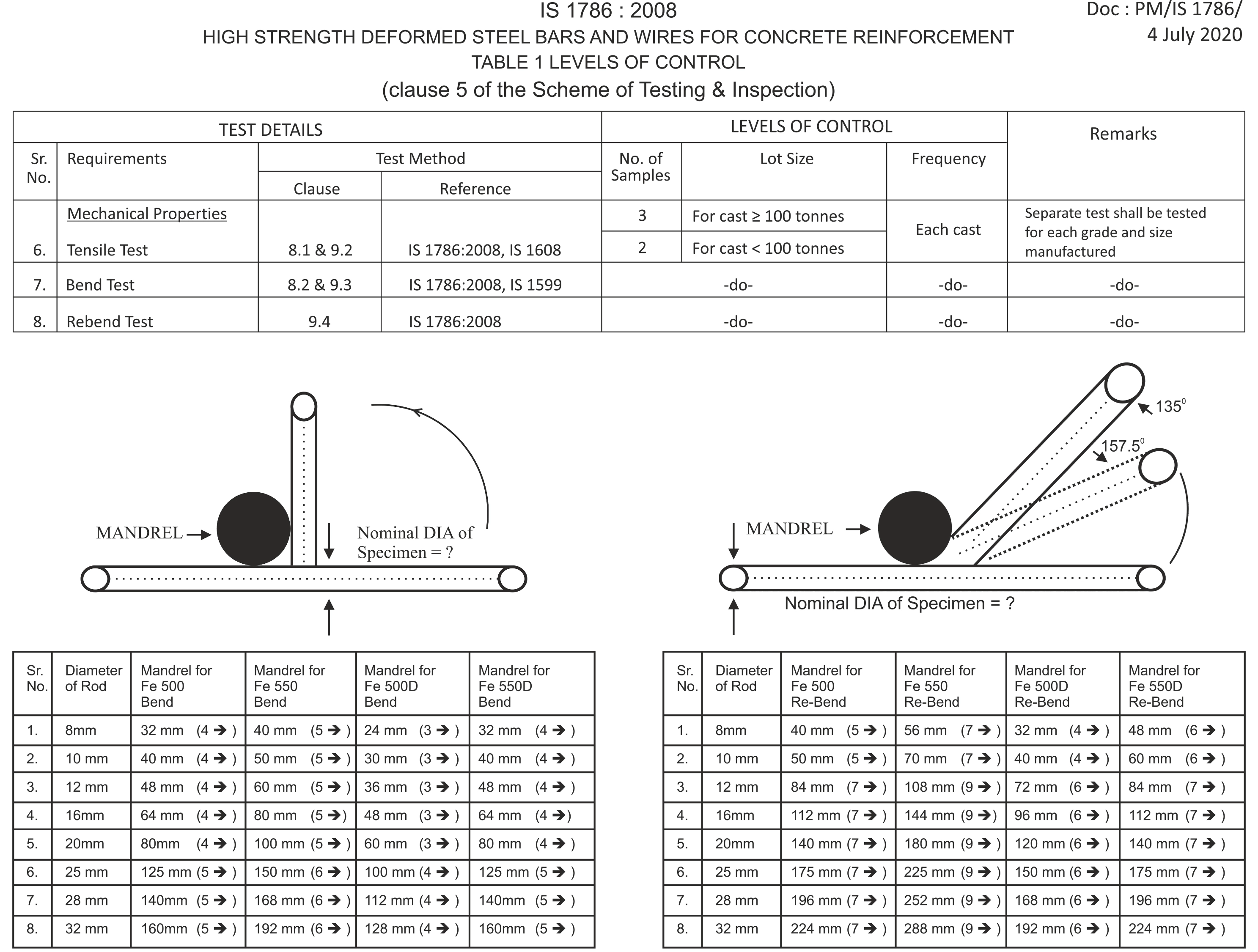
Thermo-Mechanically Treated (TMT) re-bars are the backbone of modern construction, offering high strength, ductility, and resistance to seismic forces. These features make them indispensable for creating robust structures. However, to fully utilize the benefits of TMT bars, proper handling and processing are essential. One critical factor in this regard is using the correct mandrel for bending the bars.
This blog will explore why choosing the right mandrel is vital for maintaining the integrity, safety, and performance of TMT re-bars.
TMT bars are designed with a hard outer surface and a soft inner core. This unique composition ensures superior strength while maintaining flexibility. However, improper bending—often caused by using an incorrect mandrel—can disrupt this balance.
A mandrel that is too small in diameter can induce excessive stress, leading to:
On the other hand, using an appropriately sized mandrel ensures the stress distribution remains uniform, preserving the bar's mechanical properties.
TMT bars are subject to enormous forces during bending. Using a mandrel that is not suitable can cause micro-cracks, which are often invisible but compromise the bar's long-term durability.
Micro-cracks can act as stress points, accelerating corrosion when exposed to moisture.
Over time, this can lead to a reduction in load-bearing capacity, posing significant safety risks to the structure.
An accurate mandrel diameter prevents these micro-cracks, ensuring the longevity and reliability of the re-bars.
Construction standards, such as IS 1786 in India, specify the minimum diameter of mandrels to be used for bending TMT bars of various grades and diameters.
These standards are established to ensure:
Non-compliance with these guidelines can result in substandard construction quality and legal liabilities for contractors.
Using an incorrect mandrel not only jeopardizes the structural integrity of the project but also increases the risk of accidents during the bending process.
Improper bending can cause:
By investing in the right mandrel, contractors can enhance worksite safety and reduce the likelihood of costly mishaps.
While using the right mandrel might seem like an one time small cost, it saves money in the long run.
Correctly bent TMT bars:
This makes the choice of mandrel a cost-effective decision for any construction project.

The correct mandrel plays a pivotal role in bending TMT re-bars without compromising their strength, durability, or flexibility. It preserves the structural integrity of the bars, ensures compliance with industry standards, enhances safety, and contributes to the overall quality of the construction project.
Investing in the right tools and following best practices during the bending process is not just a recommendation—it’s a necessity for building structures that last. Always prioritize the appropriate mandrel to ensure the true potential of TMT re-bars is realized.
Remember: The strength of your structure begins with the strength of your materials. Don’t compromise!